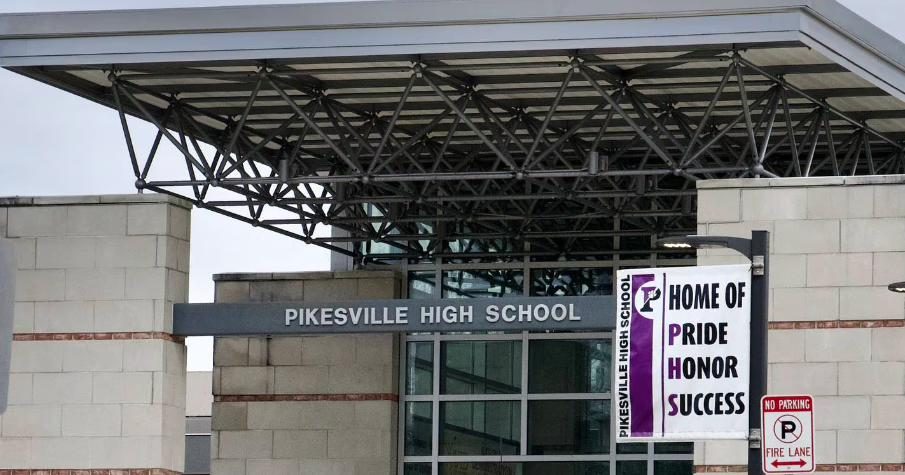Experts: Chesapeake Bay's 'Dead Zone' Will Be Smaller This Year
BALTIMORE (WJZ) -- The Chesapeake Bay has been showing major signs of improvement this year with clearer water, more bay grasses and an increase in the crab population.
But every summer, massive algae blooms create dead zones in the bay, WJZ's Alex DeMetrick reports.
Dead zones are created when the algae begins to decay and chokes the oxygen out of the water, killing anything that isn't able to relocate.
Rainfall washes nitrogen and phosphorous found in fertilizer, human and animal waste and air pollution into the bay for the algae to feed off of. But with a lack of rainfall this year, the algae blooms are expected to be smaller.
"What we're predicting for this summer is a less than average dead zone," says Dr. Bill Dennison of the University of Maryland Center for Environmental Science. "This is good news for the bay."
The bay is also starting to benefit from human efforts to reduce nutrient pollution.
Efforts such as the reduction of nitrogen from farms, power and sewage system plant and cars are also proving to be beneficial.
"It looks like we're starting to get some payback for all the effort we're making," Dr. Dennison adds, including upgrades of sewage treatment plants and the cover crops on farms in the winter to reduce fertilizer run-off.
Follow @CBSBaltimore on Twitter and like WJZ-TV | CBS Baltimore on Facebook



